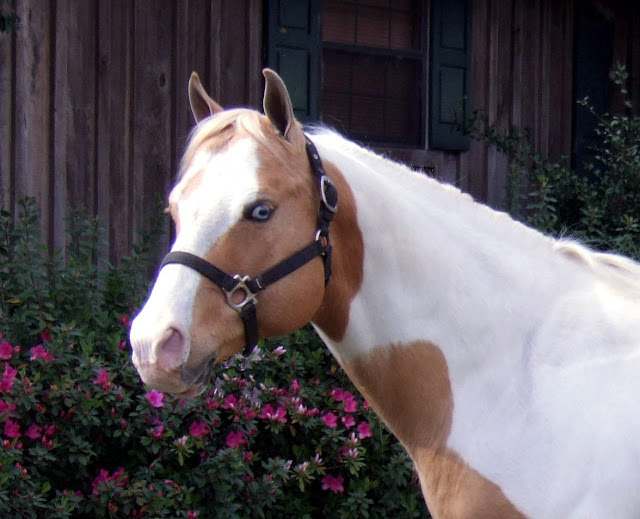1. FEED LITTLE AND OFTEN
Horse’s stomachs are relatively small in relation to their body size. In fact, they are roughly the size of a rugby ball and only hold around 8-14 litres in capacity. Therefore by the time food reaches the stomach, the volume of the food will have doubled due to digestive juices working to break it down.
For this very reason, it is important to remember to feed little and often as digestion is most effective when the stomach is about two-thirds full. If a horse has been fed a large feed it may not be properly digested and much of the nutrients will be wasted.
The reason people frequently say to feed often is due to the fact that food passes through the horse’s digestive system via peristalsis. These are rhythmical, muscular contractions and so require a reasonable constant supply of food. A horse must never be left for over eight hours without food, so adequate hay must be fed to the stabled horse at night.
2. KEEP FEED BOWLS AND CONTAINERS CLEAN
Ensure bowls and containers are clean to avoid being contaminated with vermin.
3. FEED ACCORDING TO….
Age
Old and young horses in particular need specialised feeding. For instance, old horses may lose condition easily and may not be able to make good use of their food as they once did; maybe due to teeth problems and so chewing may become more difficult, whereas young horses that are growing need more vitamins and minerals than an older horse.
Amount of work
As a horse’s exercise increases, the diet too must be adjusted to supply more energy and allow for muscle gain. Therefore, if a horse suffers from an injury/illness, the amount of concentrates (hard feed) will need to be reduced whilst it’s roughage (bulk feed) is increased within the horse’s diet.
Type
Horses and ponies of the same weight and height do not necessarily need the same diet. For instance, a thoroughbred horse may need a more palatable diet to maintain condition as these types of horses tend to be poor – doers, unlike a native horse that may be prone to laminitis and thus will require more bulk feed. These type of horses are considered good – doers.
Temperament
Some horses may become excitable on oats, hence may be more suited to an alternative form of concentrate. Whilst, lazy horses may benefit from such energy giving feed to encourage them to be more active.
4. FEED PLENTY OF FIBRE
Fibre comes in the form most commonly known as hay and grass and is the basis for any diet. Hay or grass should equate to at least two –thirds of a horse’s diet.
Fibre or roughage helps keep the digestive system working and healthy. The majority of hay is best given after work and at night when the horse has plenty of time to eat and digest it.
Adding some form of roughage to the diet, for example chaff stops the horse from bolting down his food and so allowing him more time to masticate (chew), thus giving the digestive juices more time to work efficiently.
5. MAKE ANY CHANGES TO THE DIET GRADUAL
To prevent a horse from getting indigestion, any changes to the food must be gradual which will allow the digestive system to adjust effectively to the new food.
The digestion of bulk feeds such as hay and grass takes place in the horse’s large intestine where bacteria break down the food.
If food is changed suddenly, there may not be enough of the appropriate bacteria to break down the new food which will not get digested and as a result could end up with the horse suffering from colic.
Approximately, one week would be sufficient time to change feed to allow the horse’s digestive system to adjust to the new food.
6. FEED AT THE SAME TIMES EACH DAY
The horse likes a routine and so once this is established will help him settle down in his environment. Plan to feed him at similar times each day to keep a regular routine.
7. USE ONLY GOOD QUALITY FEED, BECAUSE HORSES ARE FUSSY FEEDERS.
Dusty feed not only affects a horse’s condition but can be harmful as it could well be contaminated by vermin.
8. FEED SOMETHING SUCCULENT EVERY DAY…
…such as carrots, and these can supplement for a stabled horse’s lack of grass. If a horse is confined to its stable you could graze it in hand for ten minutes or so if possible.
9. ALWAYS LEAVE APPROXIMATELY ONE HOUR AFTER FEEDING BEFORE WORK AND ONE HOUR AFTER WORK BEFORE FEEDING.
Time must be allowed for digestion. The time will depend on the amount of work a horse has just carried out and the size of its feed.
Generally speaking, it will take a horse twenty minutes to eat a feed, one and a half hours to digest it and then be ready for normal work.
Never work a horse hard (galloping) after a full feed or when he has a full stomach of grass / hay due to him being unable to digest it. A full stomach will take up to much room and can affect his breathing also.
10. ALWAYS INCREASE THE WORKLOAD BEFORE INCREASING THE FEED.
It is better to ride a lazy horse than to have a horse that is uncontrollable. Too much energy giving feed may affect the temperament of the horse and for this reason make them difficult to handle / ride.



No comments:
Post a Comment